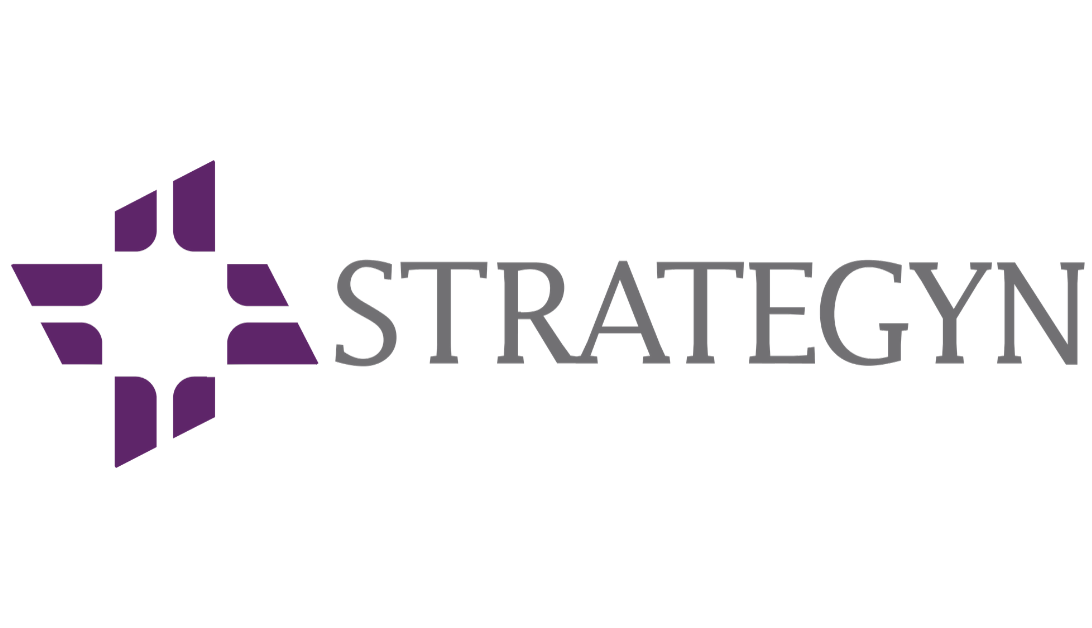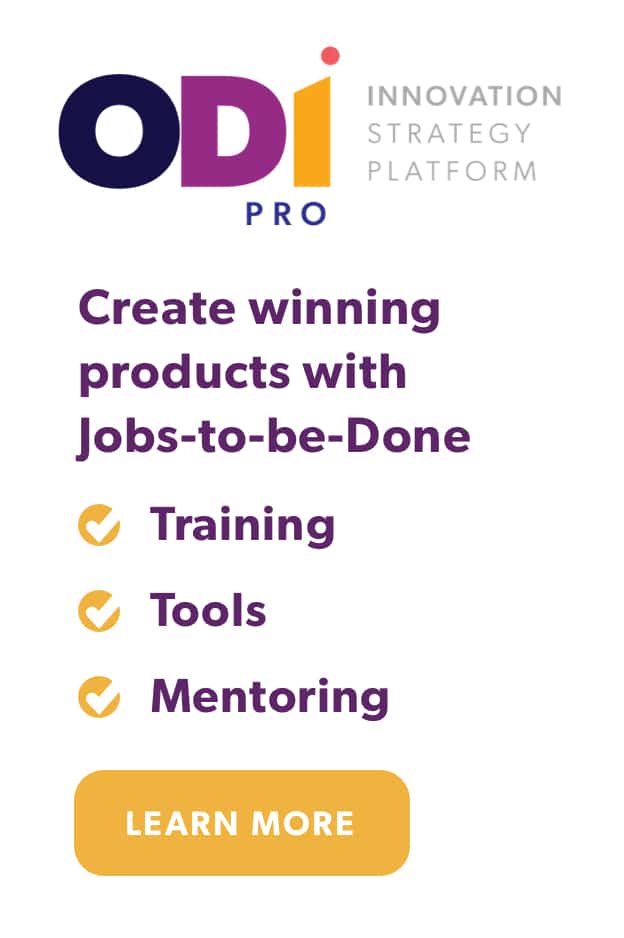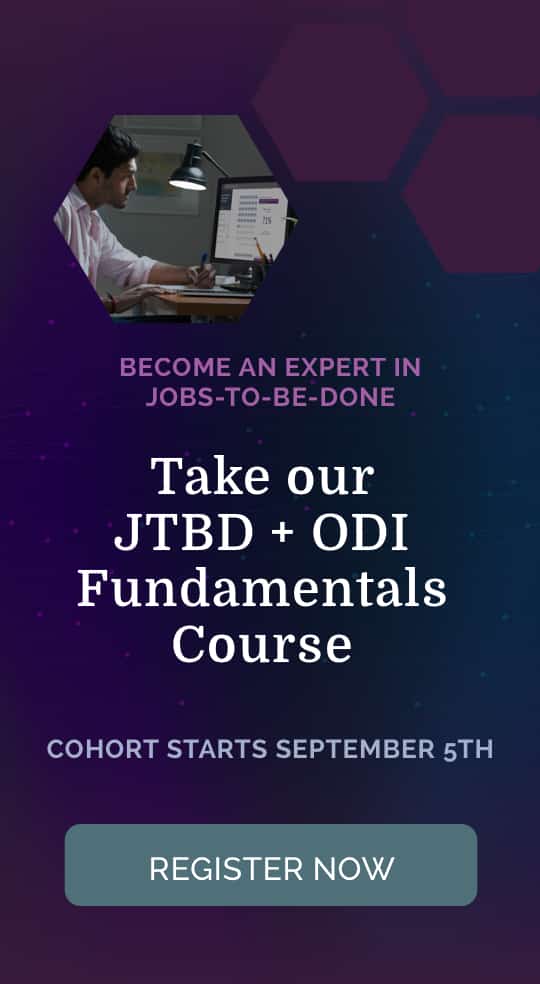Recently, MIT Technology Review and Bill Gates curated a list of the next 10 breakthrough technologies.
Here’s the list:
- Robot dexterity
- New-wave nuclear power
- Predicting preemies
- Gut probe in a pill
- Custom cancer vaccines
- The cow-free burger
- Carbon dioxide catcher
- An ECG on your wrist
- Sanitation without sewers
- Smooth-talking A.I. assistants
As a fan of technology, I enjoy indulging in predictions.
Yet, these predictions often turn out to be nothing more than pipe dreams.
From LaserDiscs to Google Glass, there seems to be a fairly wide gap between technologies that people think will gain widespread adoption and those that actually do.
So, naturally we ask: are these predictions going to come true?
Let’s examine how MIT has historically fared with their predictions.
MIT has been putting a list like this together each year since 2001.
When you review their lists, you see options that show up year after year, such as solar energy.
Other ideas like improved robot design showed up on this list at its inception in 2001 and remain on the list in 2019.
In fact, many of the technologies that MIT stated would “matter for years to come” have done exactly the opposite.
Let’s take one example from their 2014 list: ultraprivate smartphones.
Piggy-backing off of the news surrounding Eric Snowden, NSA, and Ukraine protestors, MIT Technology Review author David Talbot spent most of his argument behind why ultra-private smartphones would be a breakthrough technology describing one specific company: Silent Circle.
According to Silent Circle, the encryption firm created the “world’s first smartphone built from the ground up to be private by design.”
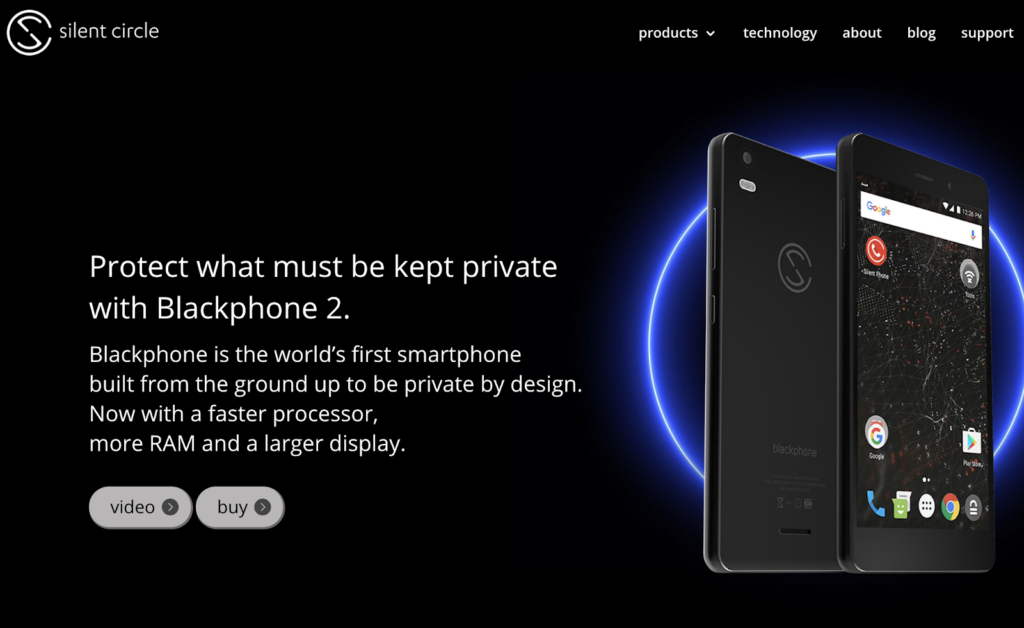
What ended up happening with this prediction?
In less than five years, Silent Circle’s Blackphones have since been discontinued, nearly resulting in bankruptcy.

So, what’s the problem?
The problem with MIT’s lackluster prediction capabilities lies in their method for formulating these predictions in the first place.
MIT Technology Review describes its method and goal below:
“Each year, Technology Review selects what it believes are the 10 most important emerging technologies. The winners are chosen based on the editors’ coverage of key fields. The question that we ask is simple: is the technology likely to change the world?”
Basically, their goal is to predict the technologies likely to change the world—and their method is to appeal to the authority of various journalists.
No data modeling.
No statistical significance.
Nothing more substantial than a quasi-expert opinion.
In fact, MIT has even admitted the vagueness of their lists, stating that “people often ask, what exactly do you mean by ‘breakthrough’” and later “some of our picks haven’t yet reached widespread use, while others may be on the cusp of becoming commercially available.”
But, Nicholas, the 2019 list will be different, right?
MIT Technology Review has been using the method above to determine their predictions every year until this year.
What’s different about their prediction method this year?
They are trying to appeal to what they perceive as an even greater authority: Bill Gates.
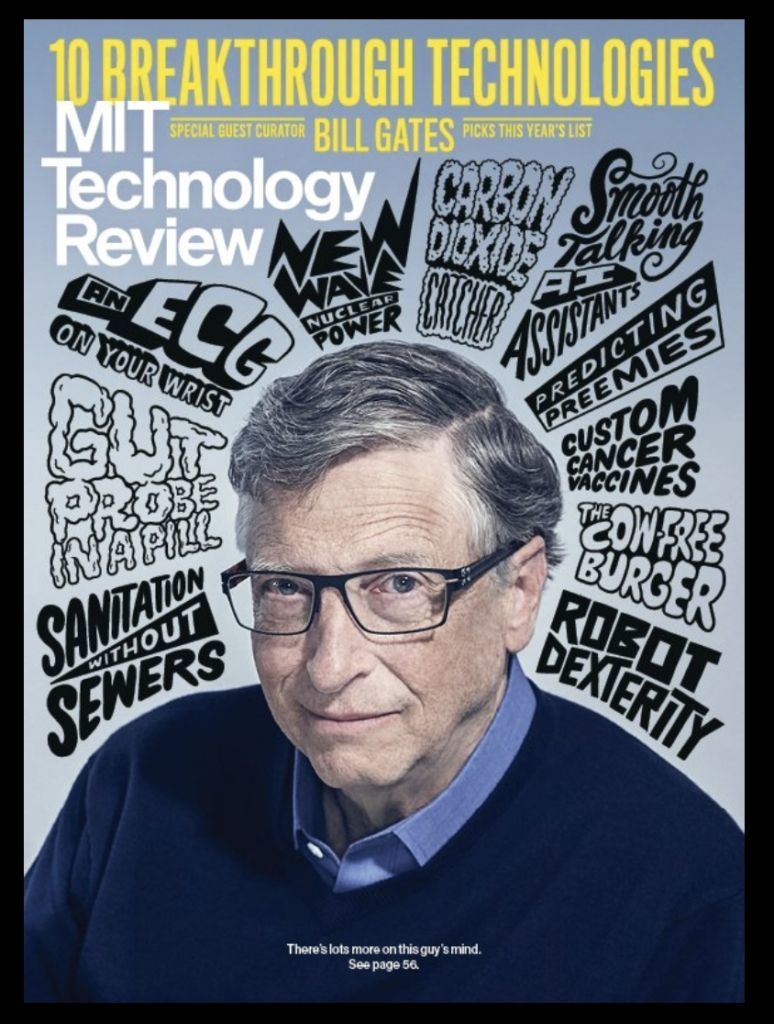
Still no data modeling.
Still no statistical significance.
Instead of relying on a team of journalists to opine and predict, they’re now relying on one person (which actually sounds worse, if you think about it).
At this point you may be thinking: “Nicholas, you’re taking these predictions too seriously!”
After all, it could be nothing more than a useful content marketing strategy to gain more traffic.

So, why should we care?
Given the fact that MIT Technology Review annually generates millions of visitors to their site, it stands to reason that casual tech enthusiasts are not the only people reading their content.
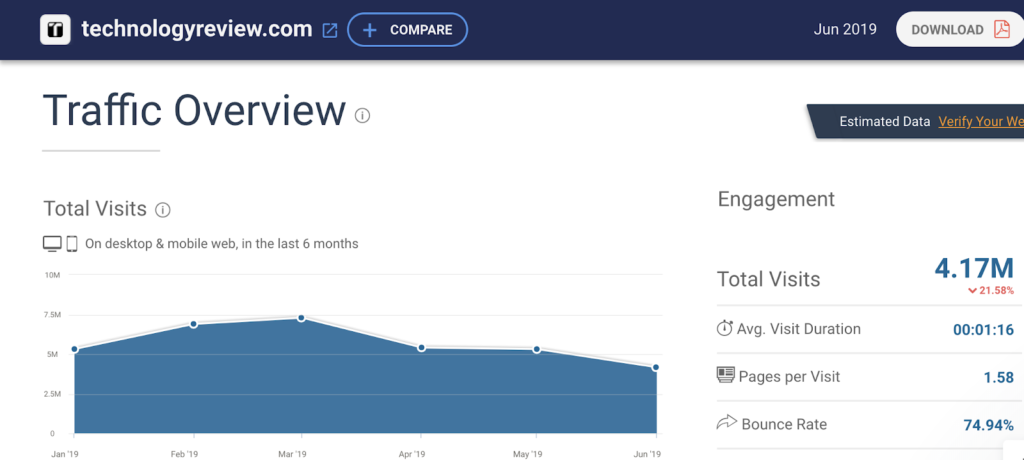
People might use MIT’s content as source material for their decisions on which technologies and companies to monitor and invest.
Therein lies the problem: companies and investors should not rely on haphazard “predictions” even if they come from so-called experts or authority figures.
What should they do instead? Is there a way to make innovation more predictable?
I have good news.
Yes, there is a way to make innovation more predictable. It’s called Outcome-Driven Innovation.
And yes, this method involves actual data modeling with results that are well-published.
I will briefly share the principles behind Outcome-Driven Innovation that make innovation more predictable, so that you can make accurate judgements about the future market landscape.
Principle #1: People adopt tech to get a job done
People tend to agree that market adoption drives technologies to become breakthrough.
People also tend to agree that customer behavior drives market adoption.
However, people disagree on what drives customer behavior.
According to Jobs-to-be-Done theory, customers are trying to get a job done, and they often cobble together different products and services to help them get that ultimate job done.
Think about the iPod.
Although Apple’s marketing team certainly thought people bought the iPod to store 1000 songs in their pocket, what was the customer ultimately trying to get done by using the iPod and related products and services?
You might think that people bought the iPod to store more music on a device.
But this is not the underlying job the customers were trying to get done.
Ask yourself, “what is the point of storing music on a device?”
Being able to access that music while on the go.
Now ask yourself, “what’s the point of accessing music?”
Listening to music.
Therefore, the underlying job that customers were trying to get done was to listen to music while on the go, and they used the iPod to help them get that job done.
Here’s the point: for any of Bill Gates’ predictions to come true, companies that deploy technologies need to focus their innovation efforts around defining and getting the job done well.
Further Reading: Check if your product gets the whole job done via our Universal Job Map framework.
Principle #2: Technologies don’t last, jobs do
While the iPod has been rendered obsolete, the underlying job the iPod helped customers get done, to listen to music while on the go, has remained quite prevalent.
In truth, customers have been trying to get this job done for many years.
Record players, cassette players, CD players and mp3 players all attempted to get the same job done, and yet they all used different technologies that were breakthroughs for their time.
Think about other jobs like traveling across the country or keeping in touch with a friend.
For traveling across the country, you have had carriages, trains, cars and airplanes.
For keeping in touch with a friend, you have had letters, phone calls, emails and texting.
In each case, you had the same job but different technologies.
Here’s the point: when you’re making predictions about a future market landscape, your focus should be on the job— as opposed to the technology.
Further Reading: Learn more about how to properly define your market.
Principle #3: Needs first, products later
The temptation with a new technology is to invest in rapid product development to become the first to go to market.
Technological capacity empowers an organization to create market solutions—but it does not dictate specifically which solutions a customer needs.
Instead of spending millions of dollars building a product in hopes that it will gain widespread adoption, it’s a much better strategy to understand specifically what the market needs first.
Then all you have to do is use those needs as inputs to design and build your product.
Here’s the point: Gather a standardized set of needs from the market, run statistical analysis to prioritize these needs, and use the data model to create your growth strategy.
Further Reading: Download our whitepaper entitled “Turn Customer Input Into Innovation” to gain insight into our market research process.
Quick Recap
To predictably create a winning product/service using breakthrough technologies:
- Define a market as a group of customers trying to get a job done
- Extract the needs of your market
- Use those needs to guide your product strategy team
- Build solutions that satisfy the needs of a market better than alternative solutions
So, is Bill Gates wrong?
Short answer: most likely.
Should companies/investors use his opinions to make decisions?
Short answer: absolutely not.
Companies and investors involved with these technology innovations would be better off viewing their technological market through the lens of Jobs-to-be-Donetheory instead of using so-called expert predictions.
